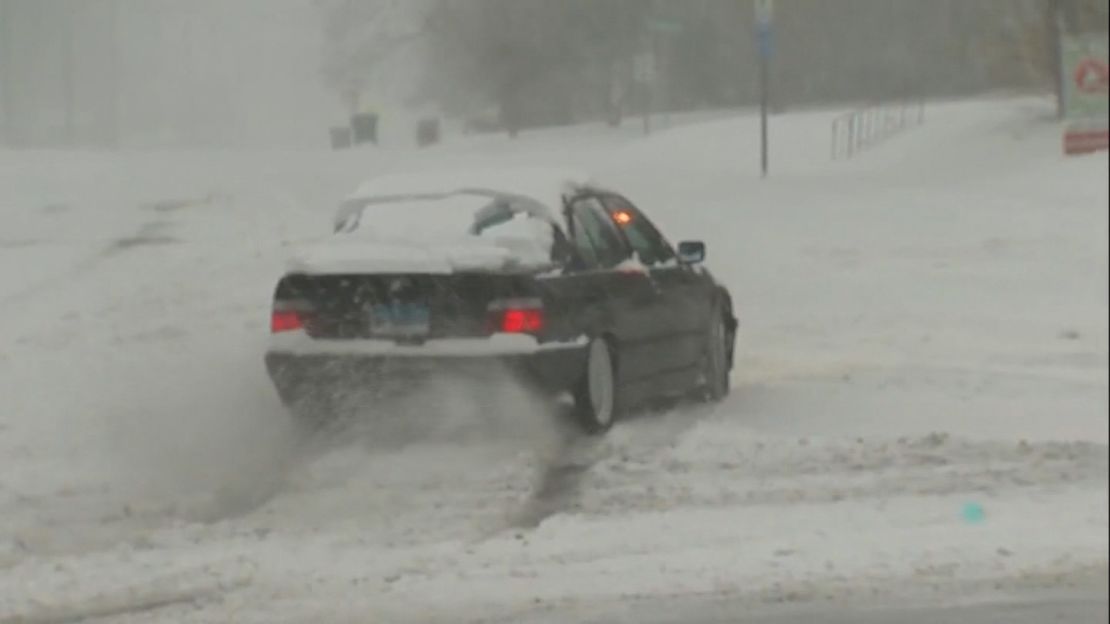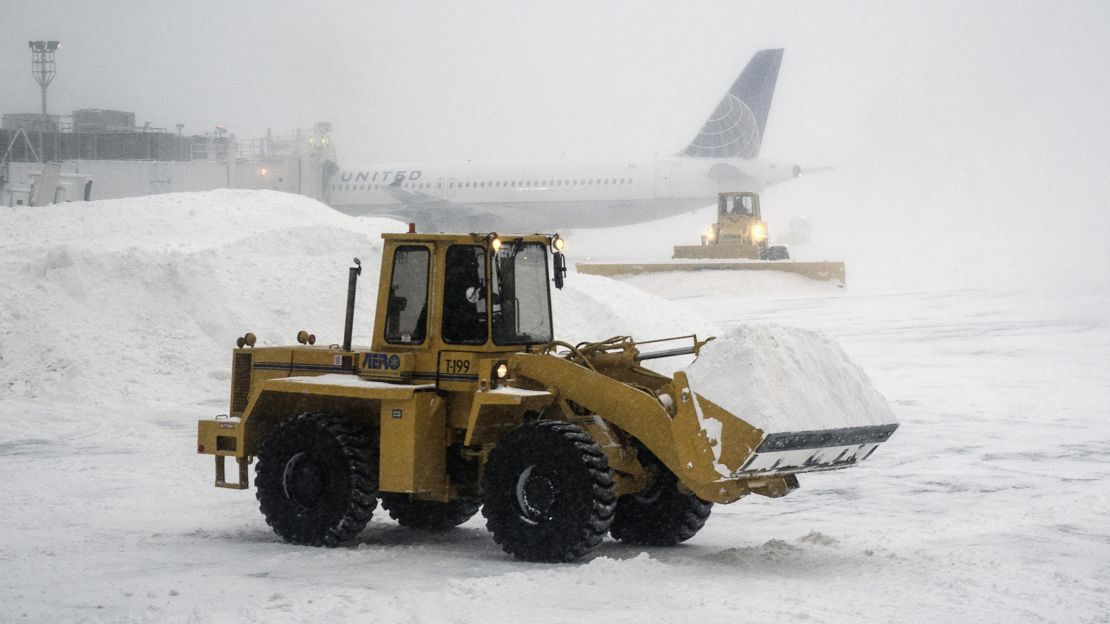Sure they’re pretty, but fluffy blankets of snow and glittering ice have a knack for making travel treacherous.
For those of you who aren’t able to stay put when wintry weather hits, here are some winter essentials so that you arrive to your destination safely:
Essentials for winter driving

A driver’s best bet is to stay home when wintry weather coats the roads in snow and ice. For those who must go out, it’s important to plan. AAA recommends motorists pack a winter driving kit that includes:
– A bag of abrasive material (sand, salt or cat litter), a snow shovel and traction mats
– An ice scraper and window washing liquid
– Booster cables
– A flashlight, along with warning flares or triangles
– A cellphone and charger
– Extra set of gloves and a blanket
– Emergency food supplies such as power bars, beef jerky and other foods you can eat in your vehicle. Also carry water with you.
Here’s some advice for when you’re out on the road:
Parking: Try to ease your vehicle out of parking spaces without spinning the wheels. Drive back and forth for several feet in either direction to clear a path. Spread sand or salt near the wheels if additional traction is needed.
Ice on your vehicle: Iced-over vehicles can limit driver visibility, and ice flying off cars can be hazardous to fellow drivers, so de-ice vehicles before driving.
Driving: If you have to drive in conditions with low visibility, go slowly with your headlights on low beam, AAA advises. Allow at least double the usual following distance between cars. Never use cruise control on a slick surface.
Steering around an obstruction is often safer than braking suddenly at speeds above 25 mph on a slippery surface, according to AAA’s pamphlet “How to Go on Ice and Snow” (PDF).
When you do brake, don’t remove your foot from the brake or pump the pedal if you have anti-lock brakes, AAA advises. Drivers of cars that don’t have anti-lock brakes should keep their heel on the floor and apply firm pressure to the brake pedal to the threshold of locking.
In case of skidding, steer in the direction you want the front of the car to go, keeping your eyes on your travel path. And don’t slam on the brakes; you’re likely to make it harder to get back in control.
Essentials for winter air travel

You’re all excited to get to family or take a winter vacation. And then comes the bad news: A winter storm is heading your way or in your travel path. What should you do?
Consider rebooking: The airlines generally allow passengers to change tickets free of charge when a major storm threatens travel. You might be able to connect through another city unaffected by the weather system.
Sign up for airline alerts and check your flights frequently online before you head to the airport. A flight’s status often changes by the minute as the airline works to line up slots and crews and keep planes and runways clear of ice and snow during winter travel disruptions.
Make sure you have a cellphone and your charger in case you need to rebook a canceled flight. Get in line for assistance and try your airline by phone at the same time if you’re among hundreds of passengers jockeying for seats. If you can get online, try that, too.
Packing: If you’re hoping to make your original flight, be sure to pack essentials such as prescriptions, glasses or contacts and other necessary toiletries or clothes in your carry-on. You and your checked luggage are likely to get separated if you end up stranded overnight.
At the airport: With sleeping in an airport terminal in mind, pack and dress for warmth and comfort. Foam earplugs can be a saving grace.
Airport entertainment and snacks can get expensive, and they’re harder to come by in the wee hours. Stow away an emergency book or magazine and some sustenance to keep you going.
Inquire at the gate about food vouchers and sleeping areas. While airlines aren’t required to provide accommodations for travel interrupted by severe weather, many airports will provide food and cots to stranded travelers.
CNN’s Forrest Brown contributed to this article, which was originally published in 2011. It has been reformatted and updated.

